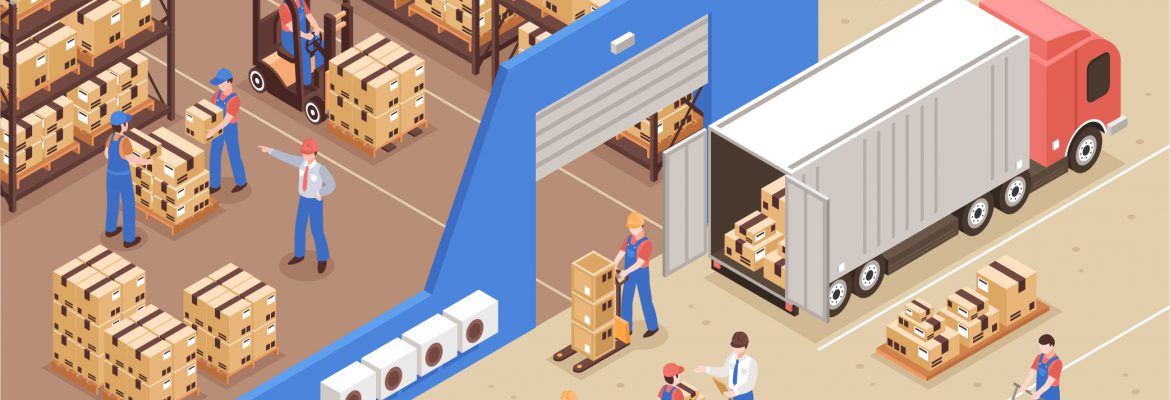
- 0 Comments
- editor@nextfirst
- September 16, 2021
Across the world, multiple businesses are turning to third-party logistics (3PL) suppliers to outsource elements of their distribution, warehousing, and fulfillment services. As a result, the 3PL market is projected to grow rapidly and is expected to reach $1,789.94 billion by 2027. A catalyst for this growth could be the evolution of the e-commerce industry, which sets the stage for faster deliveries, efficient inventory management, freight forwarding and individualized shipping time.

3PLs must invest in existing relationships while taking on new clients to survive an intensely competitive market as the industry grows. However, this is becoming increasingly challenging without the aid of technology. Historically, 3PLs have desisted from significant technology investments.
Why then aren’t 3PLs implementing more automation technologies for their operations?
The primary obstacle is the lack of long-term visibility and predictability. Most 3PL contracts last for a year or two, making it easy for customers to switch to a provider that better suits their needs. Moreover, customers can switch the items sent to 3PLs based on their requirements – there is no guarantee of a steady supply of the same items. As a result, it is difficult to develop good estimates for the number of products the 3PLs will distribute. It is also not easy to justify investing in automation solutions for a product or even a customer that may not be available in the near future.
Another issue that poses challenges for automation is that clients have pre-existing order processing platforms and insist that the 3PLs adopt them. This expectation makes it difficult for the 3PLs to deviate from a customer-specific system to a more standardized one. Moreover, it isn’t feasible to automate procedures for individual customers – automation is usually planned across a group of customers to distribute costs.
Despite these real challenges, the gap between client expectations and 3PL outputs continues to grow. At the same time, 3PLs are under intense pressure to compete effectively in a low-margin market.
Making a case for automation
Automating operations can potentially ease some of the challenges but is not an easy decision to make. However, 3PLs must consider automation on a case-to-case basis as its gains are too significant to ignore. So, how should 3PLs decide if the investment is worth it?
Repeatable processes – if your center handles multiple clients and has set up customized processes for them, check if the smaller processes are repeatable. If yes, automation makes sense, especially flexible solutions that can be configured for different use cases easily. Some examples of automating repeatable processes include handling of items using conveyors, robotic grippers and picking robots.
Dedicated Facility: When a 3PL plans a new warehouse, check if the center will be for a single material handling procedure across clients or if it caters to a customer that will consume 90 percent of the space and volume. If yes, then large-scale automation is justified. For instance, in a warehouse for grocery firms and supermarkets, faster fresh food delivery is essential for customers. Therefore, automation solutions that ensure high throughput and are cold-room ready make sense in this context.
3PLs considering automation must evaluate the feasibility using these two aspects and arrive at a decision that will be fruitful for their business as well as its customers.

